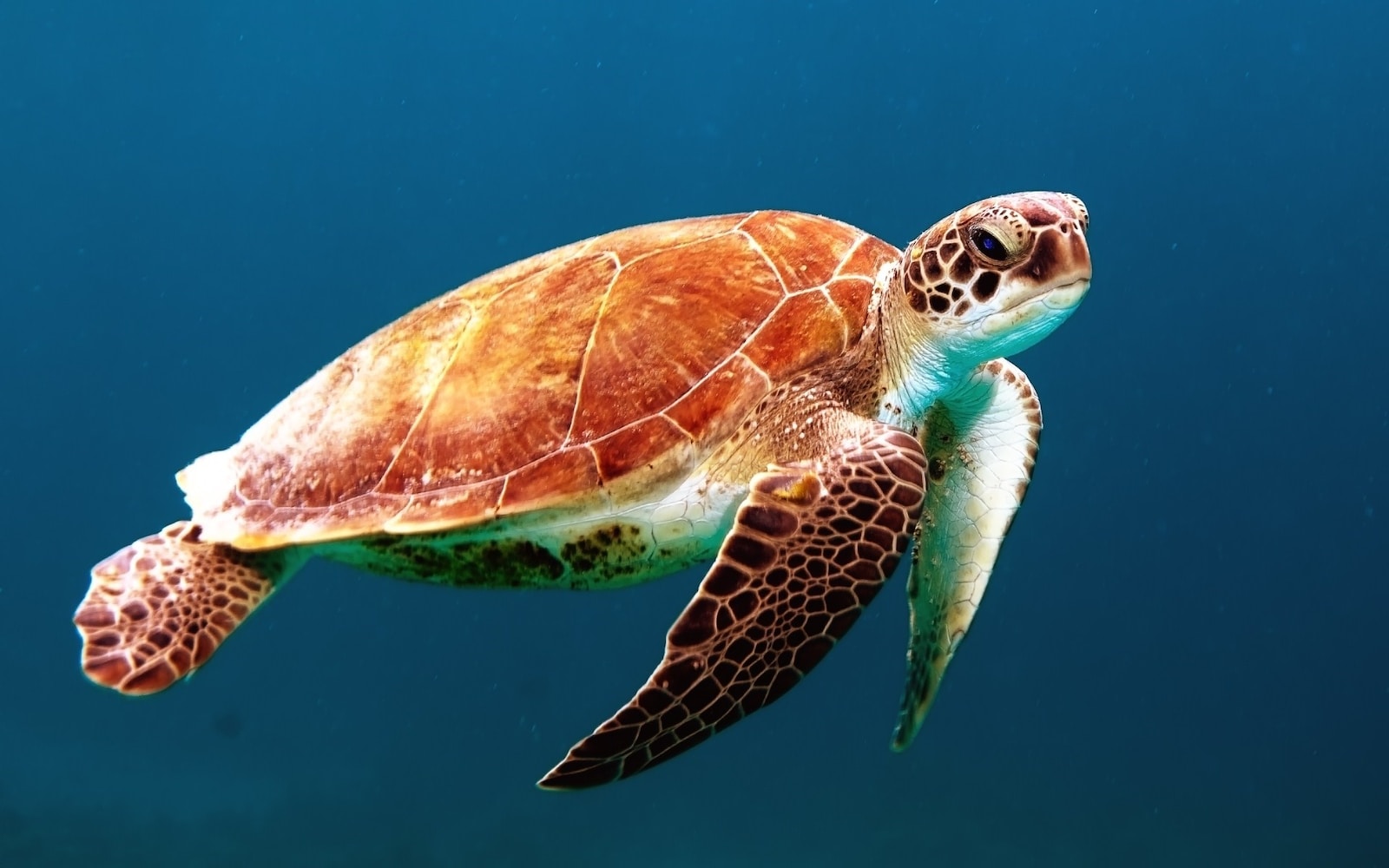
A framework integrating physiology, dispersal and land-use to project species ranges under climate change
Journal of Avian Biology 48, 1532-1548.
One of the most popular approaches to studying the potential impacts of climate change on species are so-called Species Distribution Models (SDMs). However, such SDMs usually ignore important species-specific biological traits such as physiological characteristics or the dispersal ability of species. While it is generally agreed that climate change and land use in combination influence the distribution of species, many studies that consider both aspects are scarce. In this study, we present a novel integrative approach that improves distribution forecasts of SDMs by combining climate, land use and physiological data with empirical data on the dispersal ability of a bird species. The calculated predictions show strong differences in range size for our study species Emberiza hortulana depending on the SDM variant. Using climate and physiological data alone, a large increase in range is predicted. However, if we take into account land use and the dispersal ability of the species, future range gains may even turn into range losses. Our study shows the importance of considering biological traits and processes in SDMs for species and the additive effects of climate and land use change to obtain more reliable distribution projections. Furthermore, our approach introduces a new tool for assessing species’ vulnerability to climate change that can be easily applied to multiple other species.

